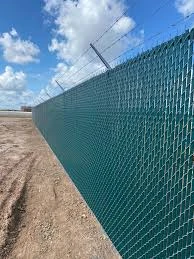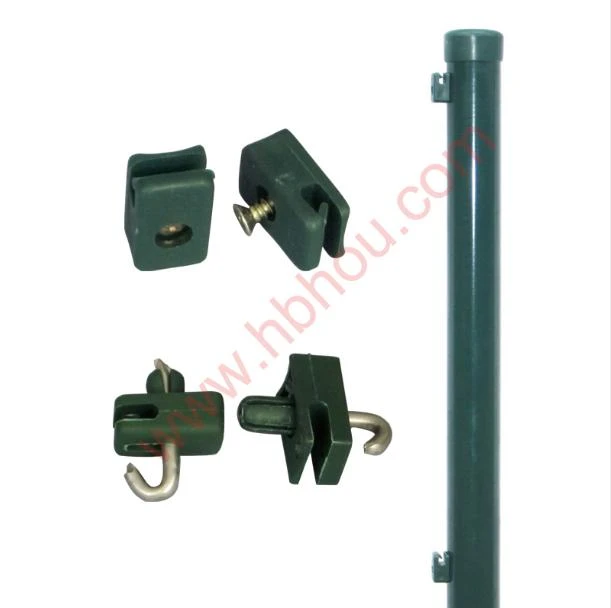Razor Wire Metal Steel Concertina Barbed Wire Fencing Galvanized
Installing a barbed wire fence requires a strategic blend of planning, precision, and expertise. These formidable barriers, synonymous with security, have deterred the intrusion of both animals and humans for decades. To ensure your installation is both effective and enduring, here are the crucial steps and expert insights into the process of setting up a barbed wire fence that not only stands the test of time but excels in functionality.
Firstly, understanding the purpose of your fence is paramount. Before any physical work begins, you must clearly define what you aim to achieve with your barbed wire fence—be it the containment of livestock, establishment of a property boundary, or enhanced security for a specific area. Identifying the primary purpose not only influences the type and height of the fence you require but also informs the choice of materials.
Selecting high-quality materials is the linchpin of a successful barbed wire fence. Opt for galvanized barbed wire due to its resilience against rust and harsh weather conditions. Ensure the wire is of a robust gauge—a thicker gauge increases durability and deters unwarranted access. Additionally, sturdy fence posts, typically made of treated wood or steel, provide essential support. The choice between wood and steel may depend on your aesthetic preference, environmental conditions, and budget. Experts recommend steel posts for areas prone to extreme weather, as they offer enhanced longevity.
Once materials are sourced, the next step is meticulous planning of the fence layout. Clear the designated area of debris and vegetation to facilitate a smooth installation process. Utilize boundary markers and string lines to establish a straight and even path for your fence. Accuracy in marking post locations ensures uniform tension across the barbed wire, which is critical for its effectiveness. Professionals emphasize the use of surveying tools during this stage to ensure precision and prevent any encroachments into neighboring properties.
Installation begins with the placement of the fence posts. Spacing is a key consideration; posts should generally be placed between 8 to 12 feet apart. This interval strikes a balance between cost efficiency and structural integrity. Dig post holes to approximately one-third the length of the posts, ensuring they are secure and plumb. Concrete can be used to anchor corner posts and those exposed to significant tension, adding an extra layer of stability.installing barbed wire fence
When it comes to stringing the barbed wire, begin from the furthest post working towards the starting point. This approach allows for consistency in tension across the wire. Each strand of barbed wire must be tightly secured to prevent sagging, which can undermine both the aesthetic and functional aspects of the fence. Tensioning tools and wire strainers are invaluable in achieving the desired tightness. Attach the wire to the posts using quality staples or wire ties, ensuring they are driven in securely to prevent slippage.
For fences intended for livestock containment, a minimum of four strands of barbed wire is recommended, while security-focused installations may require more strands or even the integration of additional deterrents such as razor wire.
Safety is a paramount concern when dealing with barbed wire. Ensure the use of protective clothing and equipment at all times during the installation process—thick gloves, eye protection, and long-sleeved attire can prevent injury.
Maintaining the fence post-installation is crucial. Periodically inspect the fence for signs of wear, rust, or damage, especially after severe weather events. Prompt repair of any compromises in the wire or posts ensures continued effectiveness and prolongs the lifespan of your fence.
In conclusion, the installation of a barbed wire fence is a testament to the principles of Experience, Expertise, Authoritativeness, and Trustworthiness. By following these expert guidelines, the result is a structure that is both durable and functional, embodying the meticulous planning and professional skills required for such a project. Whether safeguarding livestock or enhancing property security, a well-installed barbed wire fence delivers peace of mind and longevity, serving as a stalwart guardian of your specified boundaries.


















